The Business of What’s Next: Anticipating Disruptions in Market Research
The Business of What’s Next: Anticipating Disruptions in Market Research
Business as usual now means anticipating what’s next. Advancements in insights come with other considerations that can be as disruptive as the technology itself, such as new processes, data-management and ethical considerations.
So, what are the biggest disruptions we believe will affect the industry over the next year? From technological innovations to shifting consumer behaviors, here’s a glimpse into what lies ahead to help you stay ahead in the insights industry.
- AI-Powered Insights: Artificial Intelligence (AI) is poised to revolutionize market research methodologies. By harnessing the power of machine learning algorithms and natural language processing, researchers can analyze vast troves of data with unprecedented speed and accuracy. AI-driven platforms can sift through consumer feedback, social media conversations, and other unstructured data sources to uncover hidden patterns and emerging trends, enabling organizations to make more informed decisions in real-time.
- Automation and Agile Research: Traditional market research methods are giving way to agile, iterative approaches that prioritize speed and flexibility. Automation tools streamline data collection, analysis, and reporting processes, reducing manual effort and accelerating time-to-insight. From online surveys to mobile ethnography and virtual focus groups, technology-enabled research methodologies empower researchers to gather insights swiftly and adapt to rapidly evolving market dynamics.
- Big Data Integration: The proliferation of digital touchpoints has led to an explosion of data sources, from web analytics and social media metrics to IoT sensors and transactional records. Integrating disparate data streams into a unified analytics framework enables researchers to gain holistic insights into consumer behavior and preferences. By leveraging big data analytics platforms, organizations can uncover correlations, causations, and predictive patterns that were previously hidden amidst the noise.
- Blockchain for Trust and Transparency: As concerns surrounding data privacy and security mount, blockchain technology emerges as a potential solution to restore trust and transparency in market research. By leveraging blockchain’s immutable ledger and cryptographic protocols, researchers can ensure the integrity and provenance of data throughout its lifecycle. Moreover, blockchain-based incentive mechanisms enable fair and transparent compensation for participants, fostering greater engagement and cooperation in research initiatives.
- Ethical Considerations and Consent: As market research becomes increasingly data-driven, ethical considerations surrounding consent, privacy, and data usage come to the forefront. Organizations must navigate a delicate balance between extracting valuable insights and respecting individuals’ rights and autonomy. Implementing transparent data consent mechanisms, anonymization protocols, and robust data governance frameworks is imperative to build and maintain trust with consumers in an era of heightened data scrutiny.
Market research will be characterized by innovation, agility and ethical stewardship. By embracing AI-driven insights, automation, and big data integration, organizations can unlock new methods for understanding consumer behavior and anticipating market trends. Leveraging blockchain technology can enhance trust, transparency and engagement in research initiatives.
















